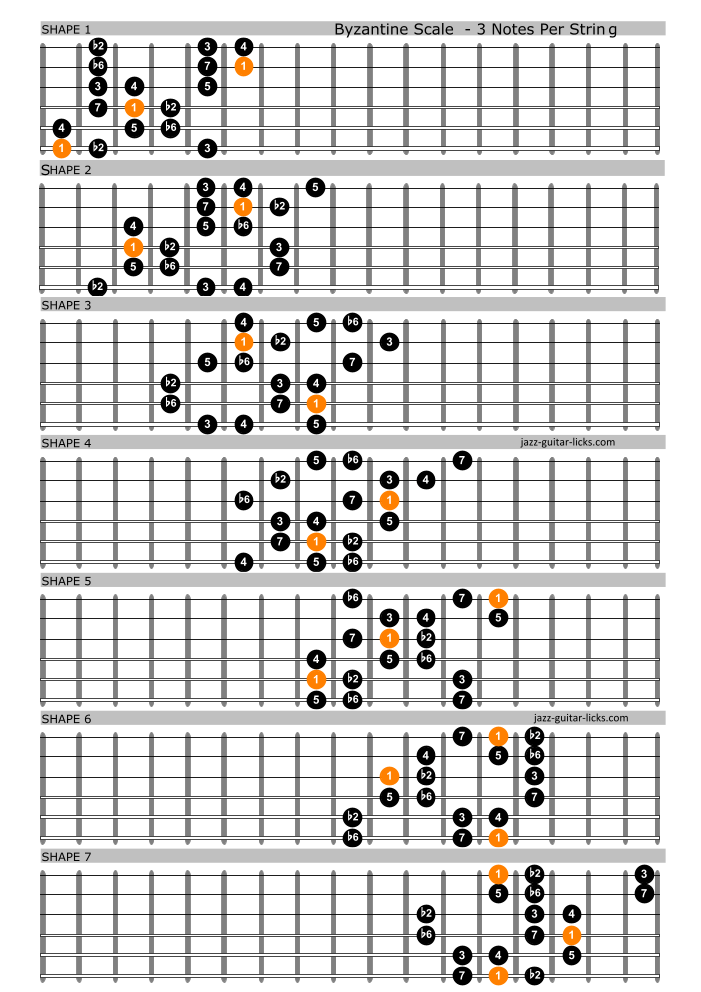

Vision quest: A crash course in the art of sight-reading. Journal of Research in Music Education, 48(2), 114-122. The effects of error-detection practice on keyboard sight-reading achievement of undergraduate music majors. Rehearsal breaks: Using literacy learning theories to facilitate sight-reading and music learning. Journal of Research in Music Education, 52(1), 6-15. Predictors of music sight-reading ability in high school wind players. Stages: Collegiate – taking time out for sight-reading. Contributions to Music Education, 31(1), 91-107.

The effects of tonal training on the melodic ear playing and sight reading achievement of beginning wind instrumentalists.
#All for strings theory book 1 teachers 91. fingering chart how to#
How to improve your sight-reading skills. When sight-reading is infused into your curriculum and daily lessons it can make a huge impact on music makingīattey, R.Make it an important ingredient to your curriculum Stress the importance of sight-reading.IPad screen mirroring via AirPlay is made possible by Air Server software. Noteflight – cloud-based music notation.Alternate method books or exercise books.Large group – adjudication first comes to mind.Rhythmic rest patterns book (101 rhythmic rest patterns).Folders loaded with different pieces, read them little by little.Sight-reading jar – pull out musical snippets.Inner hearing along with the development of technical proficiency.Students need to develop their ability to render the sound they imagine audible.Playing by ear and improvisation can improve students’ ear, eye, and hand coordination.Skip a particular note or beat each measure.Counting rests as with an emphasis on their importance.Cover notes being played, forcing student to look ahead.Movement – clapping, stomping, conducting, etc.Tracking – tap and say notes rhythms simultaneously.Use mnemonic devices such as the word “ STARS” What are the priorities when sight-reading? Start small!! Work your way up to longer & more difficult repertoire.Pizzicato (strings) Vocalize with syllables (ta/ti).Where is it in your written curriculum?.What activities and musical training can make students better sight readers?.



 0 kommentar(er)
0 kommentar(er)
